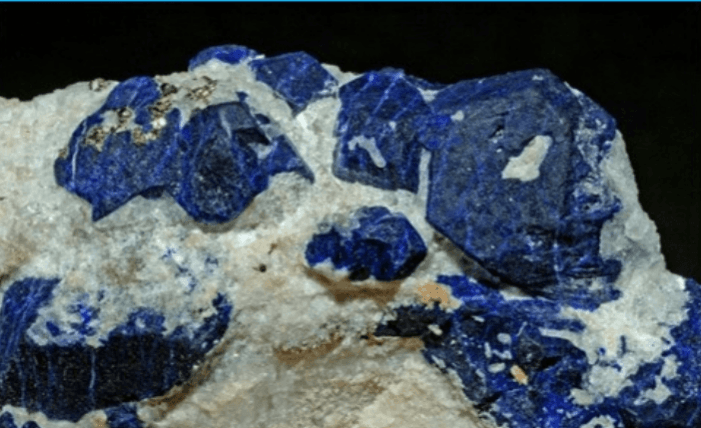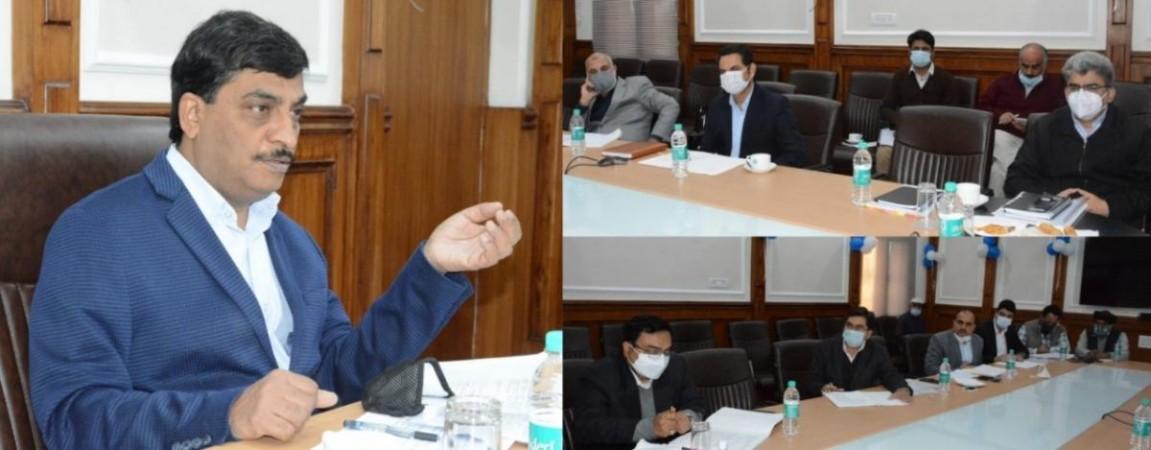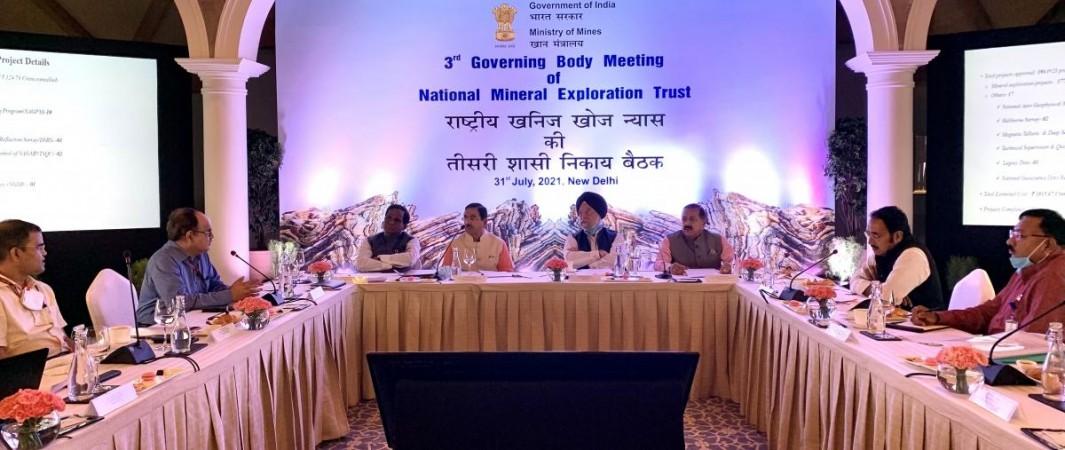Extraction of world-famous Sapphire is likely to be started soon from Paddar mines in Jammu and Kashmir's Kishtwar district as the Geological Survey of India (GSI) has completed the preliminary scientific exploration.
During the 174th meeting of the Board of Directors of JK Mineral which was chaired by Chief Secretary of Jammu and Kashmir, Dr. Arun Kumar Mehta on Thursday evening, it was informed that GSI has completed the preliminary survey for scientific exploration of sapphire mines in Jammu and Kashmir's Kishtwar district.
The meeting was informed that further options are being explored for the scientific exploration of the area. The Chief Secretary directed the constitution of a committee to evaluate the issue regarding the quantity of reserves and a suitable mechanism for its sustainable extraction, besides recommending the future course of action in this regard.

Importance of Paddar Saphire
These mines are located in the highest reaches of the Himalayas. Paddar Sapphire is famous across the world.
Located at an altitude of 4,742 metres above sea level, a 116-km stretch in the Valley is estimated to have a reserve of sapphire worth Rs 2,700 crore.
As per a report, in May month of 2013, a 19.88-carat Paddar sapphire was sold for whopping 24 crores. On May 19, 2004, a single J&K Sapphire was sold for 1.50$ million in Geneva. Sapphire of Paddar is unique of its kind and its blue velvety colour is its exquisite characteristic.
It is said that 1 ct of Paddar Sapphire is 10 times more costly than that of 1ct Sri Lankan Sapphire. Paddar Sapphires are also known as 'King of Sapphires'. The 63.60gms sapphire crystal, about which we talked above was valued at about Rs 5 crores.

The sapphire found in Kishtwar is renowned for its clarity and transparency and is mainly used for jewellery, with a high ornamental value.
How Paddar Sapphire mines were discovered?
Sapphire of Paddar is considered the finest Sapphire in the world. Its peacock blue hue continues to whet the appetite of businessmen across the world. Many stories revolve around the discovery of these classified sapphire mines.
One version tells that the steps towards the detection of these mines were initiated in 1881-82 after some pieces of bluestone were purchased by some Laholi traders (who later on sold these in Shimla) from the local hunter of Sumcham village. Hordes of people came to Paddar thereafter in search of these mines once value of stone was recognized.
According to some documents, initially, they confused Paddar to Padam (an area in Ladakh) but managed to find the place later. They took a large quantity of Sapphire to Lahul where they sold these precious stones at absurdly low prices. When this news hit the ears of the then Maharaja of J&K, he immediately stationed his troops near the mines. By leaps and bounds work at Sapphire mines started in 1882. It is said that 72,207 tolas of Sapphire worth 4 lakh rupees were yielded during 1882-83.
In 1909, a department of mining was established, which was named later on J&K Minerals Limited. Between 1909 and 1932, many other people from Jammu and Kashmir visited these mines. The mining work stopped for two decades thereafter.
Recently Union Minister taken up the issue of Paddar Sapphire mines at NMET
In July this year, Union Minister Dr. Jitendra Singh had taken up the issue of the Kishtwar Sapphire mines project at a high-level Governing Body meeting of the National Mineral Exploration Trust (NMET).

Dr. Jitendra Singh observed that even though the project had been conceived many years ago, it has somehow not received the priority that it deserves. He said, once the project gets going, it will result in huge commercial benefits from Sapphire resources, which will not only enrich Kishtwar but prove to be a hugely valuable asset for the entire Jammu & Kashmir.
Referring to his recent interactions with the UT Government of Jammu & Kashmir which had expressed certain constraints in going ahead with the project, Dr. Jitendra Singh had requested the Minister of Mines, Prahalad Joshi to personally intervene and find out the most feasible way to move ahead.

















